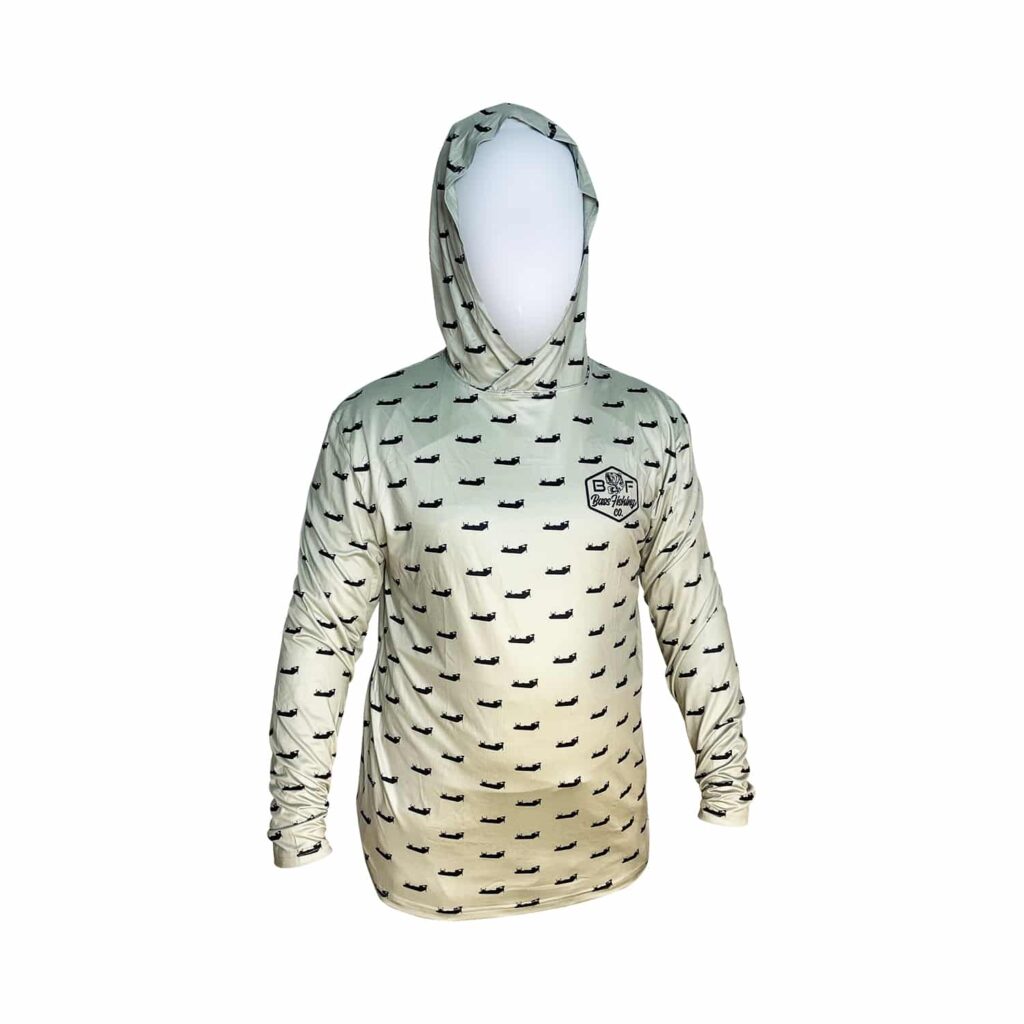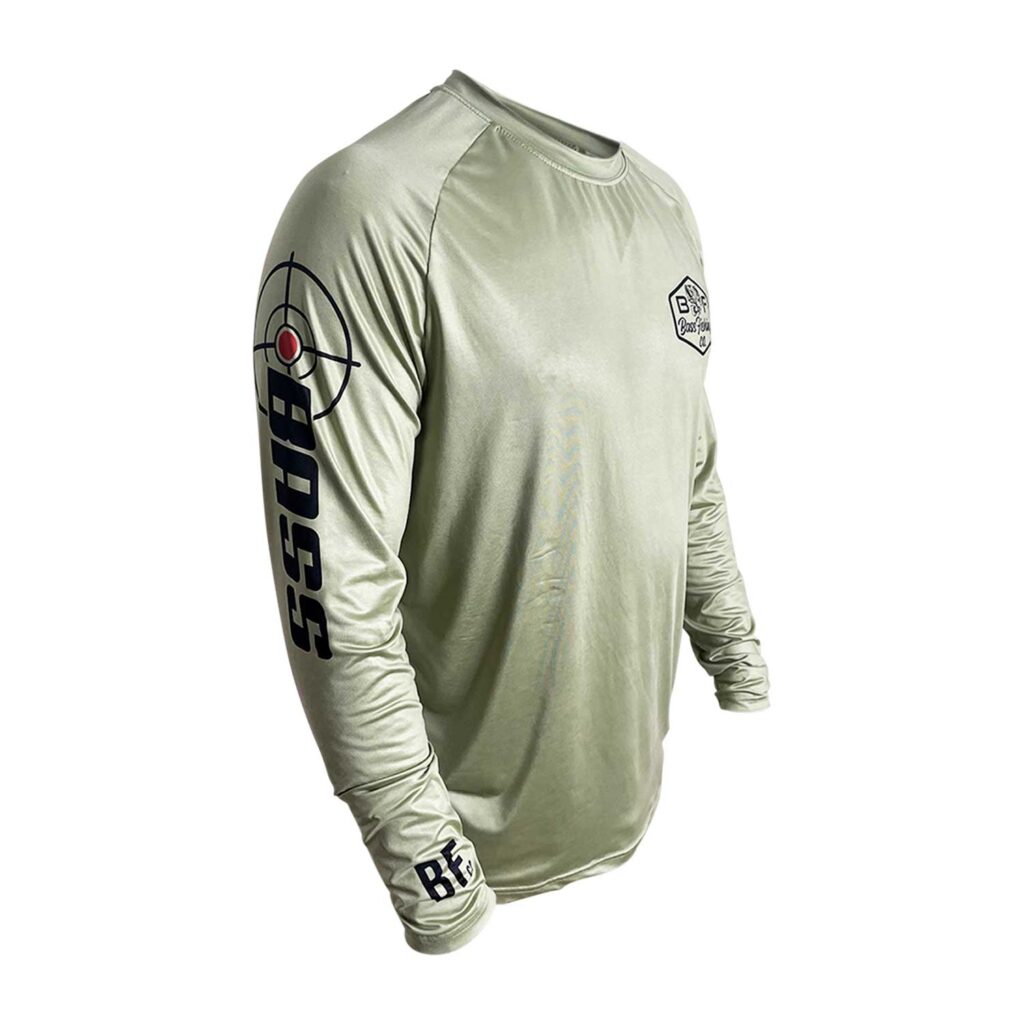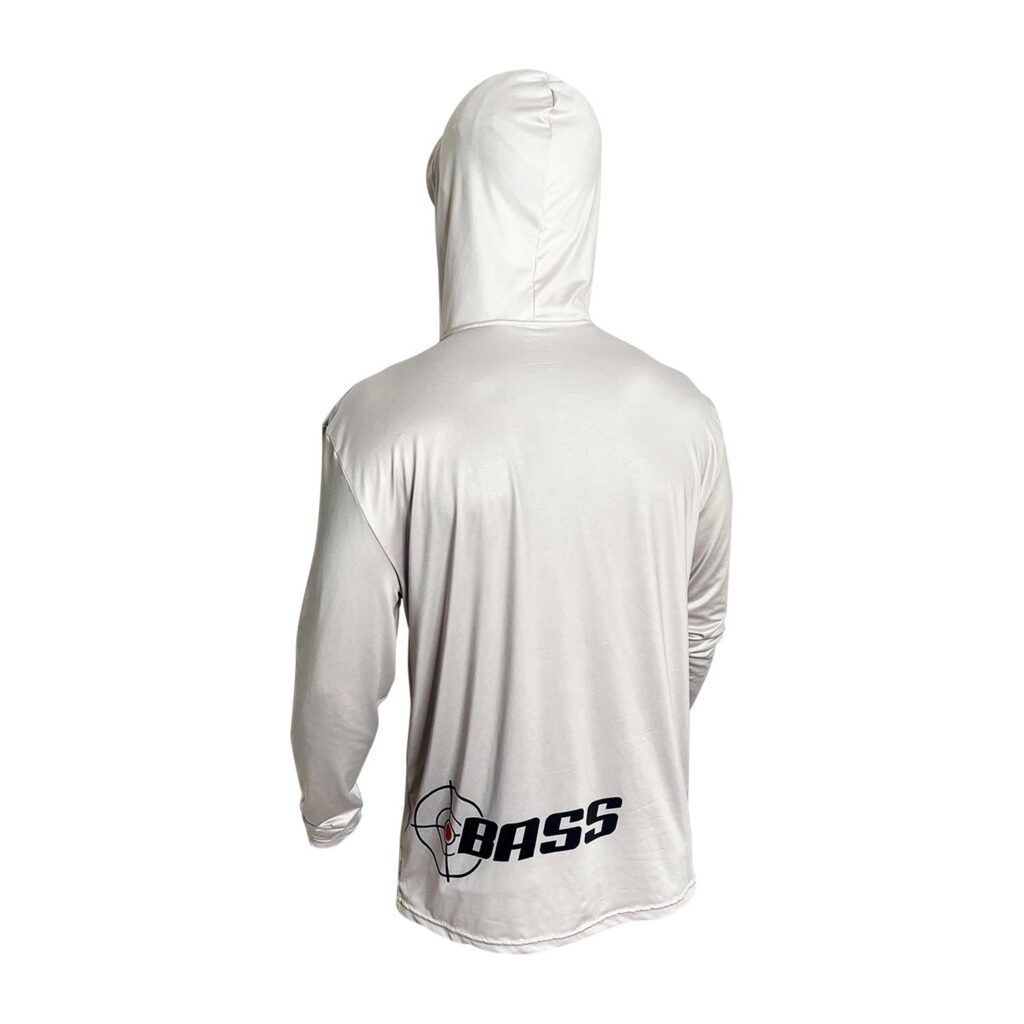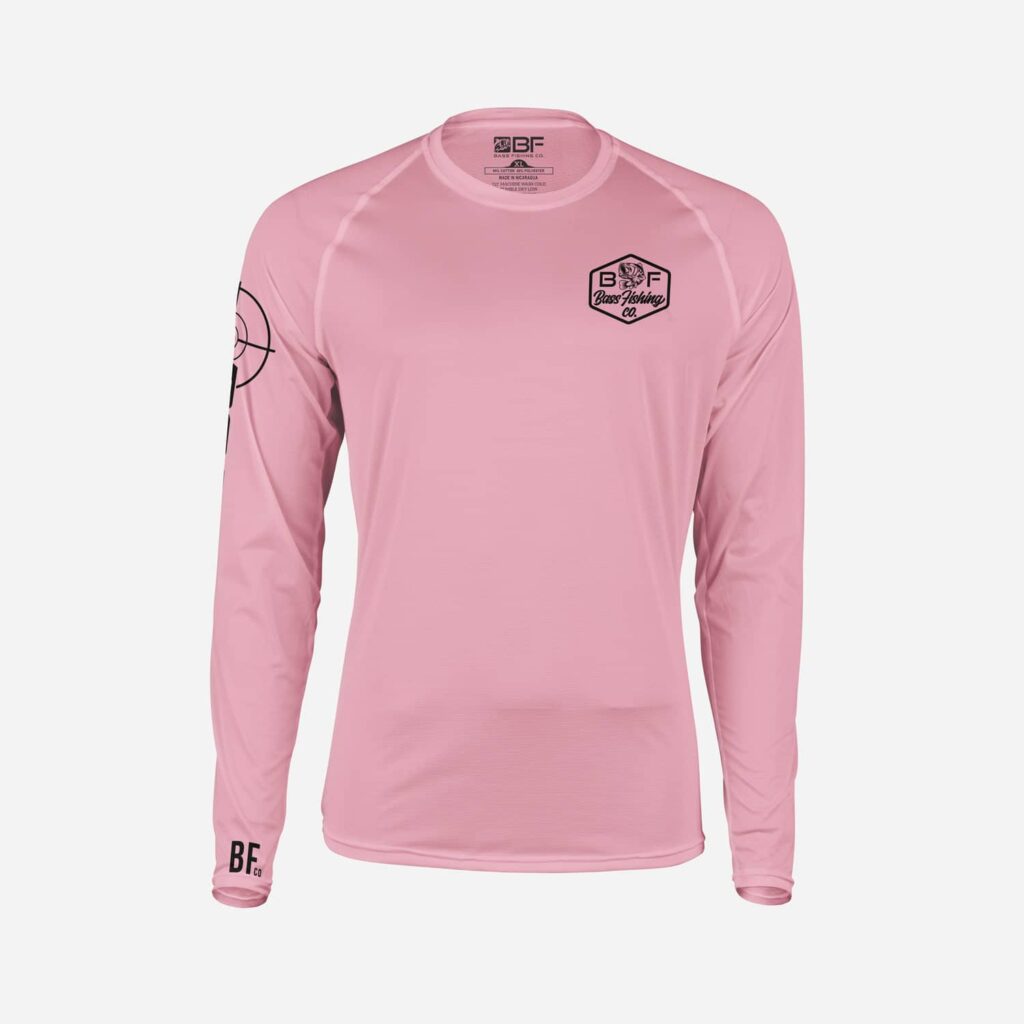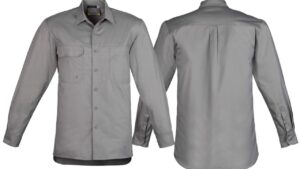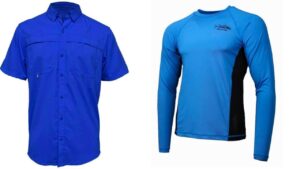Free Shipping over $50+ Order..
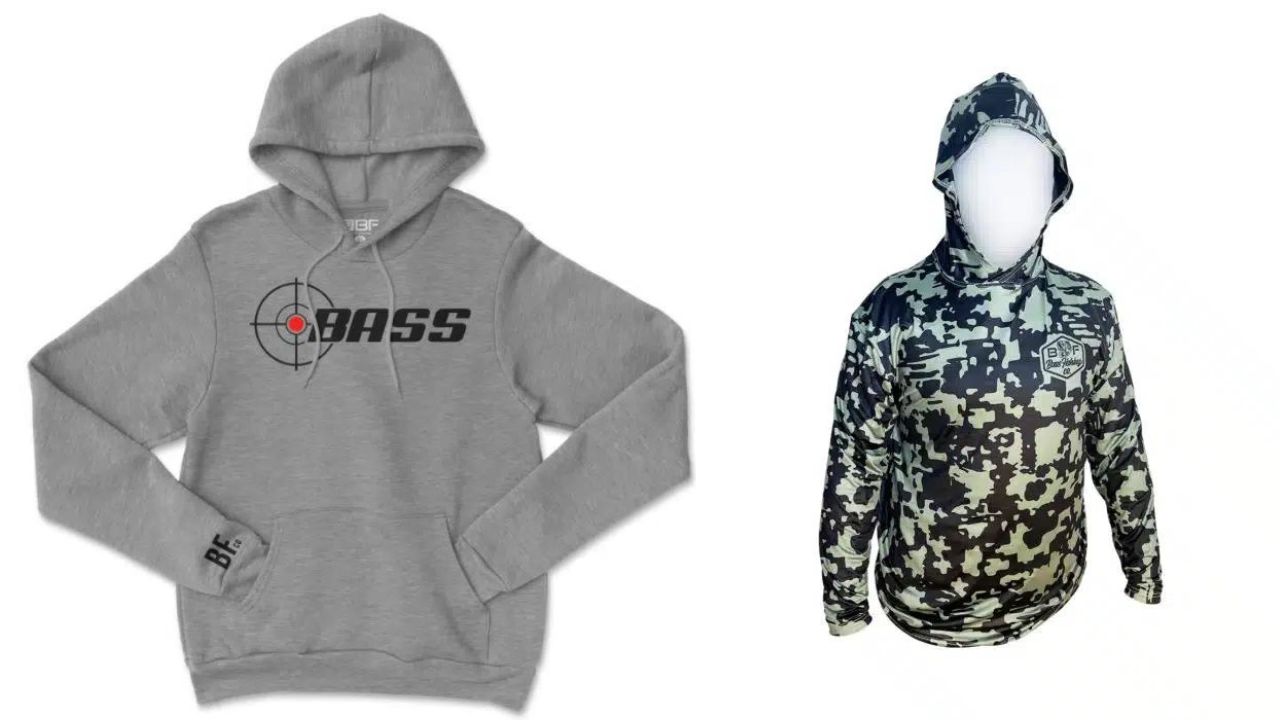
Exploring the Role of Long-Sleeve Shirts in Hot Weather
We are going to discuss about long sleeve shirts in hot weather. In many people’s minds, long-sleeved shirts are often associated with colder weather, but it’s time to challenge that notion. As the sun beats down during hot weather, the idea of covering up with long sleeves might seem counterintuitive.
However, this blog will shed light on the surprising benefits of opting for long-sleeved shirts even when the temperatures rise. By debunking the misconception and introducing the concept of using long-sleeved shirts for sun protection and comfort in warm climates, we’ll explore how these shirts can offer an effective solution for staying cool, safeguarding your skin, and enjoying outdoor activities without the worry of sun damage.
Benefits of Wearing Long Sleeve Shirts in Hot Weather
UV Protection: Long-sleeved shirts act as a barrier between your skin and the sun’s harmful ultraviolet (UV) rays. The fabric blocks a significant portion of UV radiation, reducing the risk of sunburn, skin damage, and long-term skin conditions such as skin cancer.
Sweat Wicking and Cooling: Many long-sleeve shirts are designed with moisture-wicking technology. This means they draw sweat away from your skin and allow it to evaporate, which cools your body down and keeps you dry. This cooling effect can be particularly beneficial in hot and humid weather.
Reduced Skin Contact: Wear long sleeves because it provides a layer of protection that prevents direct sun exposure. This can help minimize discomfort caused by hot surfaces or the sun’s heat on your skin. Additionally, long sleeves can prevent your skin from sticking to chairs, car seats, or other surfaces that can get extremely hot in the sun.
Insect Protection: In many regions, hot weather also brings out insects like mosquitoes and flies. Long-sleeved t-shirts/ shirts offer an added layer of defense against insect bites and irritants, reducing your chances of getting bitten or stung while enjoying outdoor activities.
Maintaining Skin Hydration: Exposure to direct sunlight can lead to skin dehydration, making you feel even hotter. Wearing long sleeves can help retain your skin’s moisture, keeping it hydrated and reducing the risk of overheating.
Less Frequent Sunscreen Application: While sunscreen is essential, wearing a long-sleeved shirt can decrease the amount of skin you need to cover with sunscreen. This means you won’t have to reapply sunscreen to covered areas as frequently, saving you time and ensuring better sun protection.
Preventing Sunburn and Premature Aging: Long-sleeve shirts offer comprehensive coverage, protecting not only your torso but also your arms. This reduces the risk of uneven tan lines, sunburn, and premature aging caused by UV exposure.
Comfort and Versatility: Long-sleeved shirts come in a variety of lightweight and breathable fabrics that are comfortable to wear in hot weather. Some shirts also have features like roll-up sleeves, ventilation panels, and adjustable cuffs, allowing you to customize your comfort based on the temperature.
Choosing the Right Long-Sleeve Shirt for Hot Weather
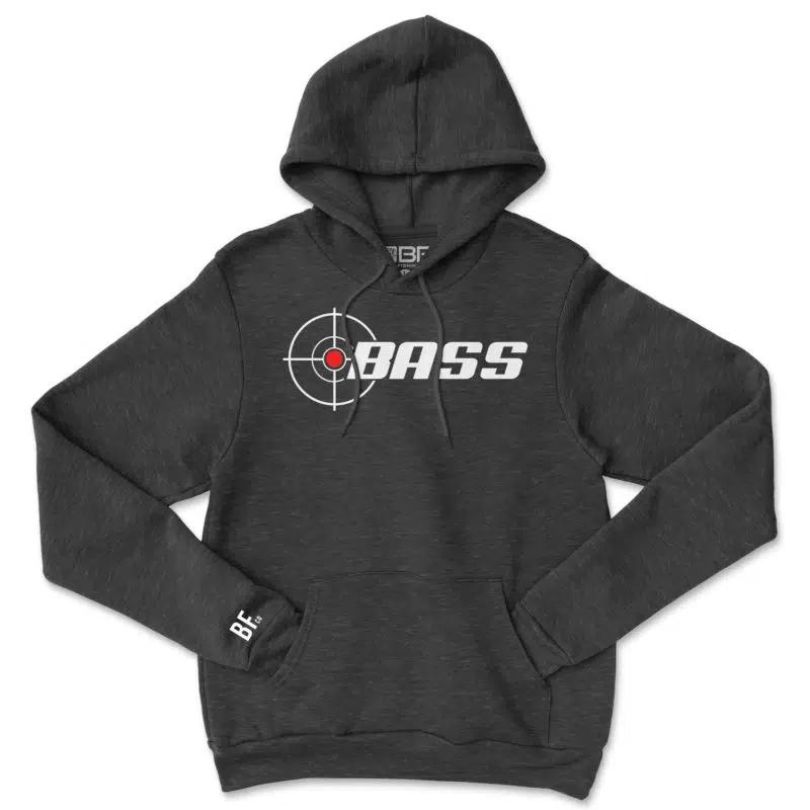

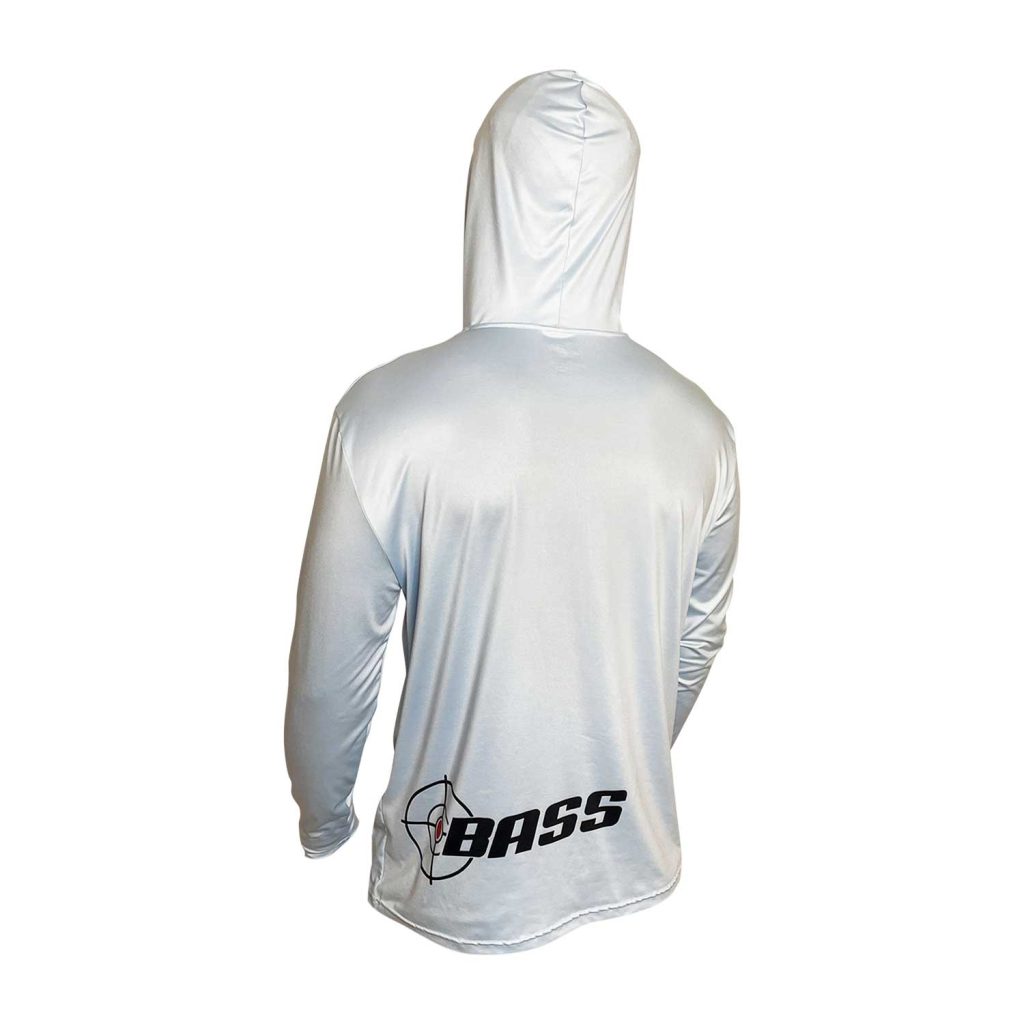
Lightweight and Breathable Fabrics: Opt for long-sleeved shirts made from lightweight and breathable materials. Fabrics like cotton, linen, and certain blends are known for their breathability, allowing air to circulate and heat to escape, keeping you cooler in hot weather.
Moisture-Wicking Technology: Look for shirts with moisture-wicking technology. This feature helps manage sweat by pulling moisture away from your skin to the surface of the fabric, where it can evaporate. This process keeps you dry and comfortable even when you’re active in the heat.
UPF (Ultraviolet Protection Factor) Rating: When selecting a long-sleeved shirt for hot weather, consider its UPF rating. UPF indicates the level of UV protection the fabric provides. Look for shirts with a higher UPF rating to ensure effective sun protection for your skin during prolonged sun exposure.
Ventilation and Mesh Panels: Some long-sleeve shirts come with ventilation features such as mesh panels, underarm vents, or back vents. These openings promote better airflow and help regulate your body temperature, preventing overheating.
Fit and Style: Choose shirts with a relaxed and loose fit. A looser fit allows for better air circulation around your body, enhancing cooling. Additionally, some shirts have roll-up sleeves or adjustable cuffs, giving you the flexibility to customize the sleeve length based on the temperature.
Color Choice: Light-colored shirts are preferable in hot weather, as they reflect sunlight rather than absorb it. Dark colors can retain heat and make you feel warmer.
Collar Options: Consider shirts with collars that offer extra neck protection from the sun. Collars can shield your neck from direct sunlight, reducing the risk of sunburn.
Quick-Drying Properties: Quick-drying fabrics are a bonus for hot weather. If your shirt gets wet from sweat or other factors, it will dry faster, helping you stay comfortable and prevent chills.
Durability: Choose shirts made from durable materials that can withstand outdoor activities. Look for quality stitching and reinforced seams.
Test for Comfort: Before purchasing, try on the shirt and move around to ensure it provides the comfort and range of motion you need for your outdoor activities.
Styles and Designs for Hot Weather Long Sleeve Shirts
Looser Fits and Relaxed Cuts: Hot-weather long-sleeve shirts often come in looser fits and relaxed cuts. These designs promote better air circulation around your body, preventing the fabric from sticking to your skin and allowing heat to escape, ultimately keeping you cooler and more comfortable.
Roll-Up Sleeves and Adjustable Features: Many hot-weather shirts feature roll-up sleeves or adjustable cuffs. These design elements offer flexibility in coverage, allowing you to customize the length of the sleeves based on the temperature. You can roll up the sleeves for added ventilation when it’s warmer and roll them down when you need more protection.
Light Colors and Patterns: Light-colored shirts are a popular choice for hot weather. Light hues, such as whites, pastels, and soft shades, reflect sunlight instead of absorbing it. This reflective quality helps maintain a cooler feel by reducing heat absorption. Additionally, shirts with subtle patterns can also contribute to a stylish look while providing the benefits of light color reflection.
Breathable Fabrics: When considering designs, look for shirts made from breathable fabrics such as cotton, linen, and moisture-wicking blends. These materials facilitate better airflow and allow heat and moisture to escape, ensuring your comfort in warm conditions.
Vents and Mesh Panels: Some designs incorporate vents or mesh panels strategically placed in areas prone to heat buildup, such as the back, underarms, or sides. These ventilation features enhance air circulation, preventing overheating and improving overall comfort.
Convertible Collars: Shirts with convertible collars, such as button-down collars, offer versatility. You can adjust the collar to shield your neck from the sun or allow it to lay flat when you prefer a more relaxed look.
Functional Pockets: Consider shirts with functional pockets that are strategically positioned. These pockets not only add style but also serve practical purposes, such as holding small essentials like sunglasses or a fishing license.
Quick-Drying Properties: Some designs incorporate quick-drying properties, which are particularly useful for water-related activities. If your shirt gets wet, whether, from sweat or splashes, it will dry quickly, preventing discomfort.
Layering and Sun Protection Strategy
Using Long-Sleeve Shirts as a Base Layer: Long-sleeve shirts can serve as an effective base layer in your sun protection strategy. Wearing a lightweight, moisture-wicking long-sleeve shirt as your base layer creates a barrier between your skin and the sun’s harmful rays. This initial layer of protection helps reduce direct sun exposure and minimizes the risk of sunburn.
Adding a Light Layer for Additional Sun Safety: When the sun is intense, you can add an extra lightweight layer on top of your long-sleeved shirt for added sun safety. This layer can be a thin, breathable shirt or a lightweight jacket that offers UPF (Ultraviolet Protection Factor) protection. This second layer enhances overall sun protection by providing an additional barrier against UV radiation.
Pairing with Hats, Sunglasses, and Sunscreen: To create a comprehensive sun protection strategy, combine your long-sleeved shirt with other sun safety essentials. Wear a wide-brimmed hat to shield your face and neck from the sun, polarized sunglasses to protect your eyes, and apply sunscreen to exposed areas of your skin. By coordinating these elements, you create a multi-layered defense against the sun’s harmful effects.
Utilizing Smart Accessories: Accessories like neck gaiters, buffs, and bandanas can also be integrated into your layering strategy. These accessories can be worn to cover vulnerable areas such as the back of the neck or the sides of the face. They provide extra protection without the need for heavy clothing.
Practical Tips for Wearing Long-Sleeve Shirts in Heat
Proper Hydration: When wearing long-sleeved shirts in hot weather, it’s essential to stay hydrated. Drink plenty of water throughout the day to keep your body temperature regulated and maintain overall comfort. Proper hydration helps prevent overheating and supports your body’s natural cooling mechanisms.
Timing Outdoor Activities: Plan your outdoor activities during the cooler parts of the day. Early mornings and late afternoons tend to be less intense in terms of heat and sun exposure. By scheduling your activities during these times, you can reduce the risk of overheating and sunburn.
Taking Breaks in the Shade: While long-sleeved shirts provide excellent sun protection, it’s essential to take occasional breaks in the shade. Shade offers a reprieve from direct sunlight and allows your body to cool down. Find a shaded area, take off your hat and sunglasses, and let your body relax before resuming your outdoor activities.
Ensuring Proper Fit: Choose long-sleeved shirts with a comfortable and loose fit. Well-fitting shirts allow air to circulate around your body, promoting ventilation and preventing excess sweating. Avoid overly tight clothing, as it can trap heat and moisture, leading to discomfort.
Utilizing Breathable Fabrics: Opt for long-sleeve shirts made from lightweight and breathable fabrics. Materials like cotton, linen, and moisture-wicking synthetics help keep you cool by allowing sweat to evaporate quickly. These fabrics also promote airflow, enhancing your comfort in hot weather.
Using Cooling Accessories: Consider using cooling accessories like neck gaiters or bandanas soaked in cold water. Wrapping a damp cloth around your neck can provide instant relief by cooling the blood flow to your head. This technique can help regulate your body temperature while wearing long-sleeved shirts.
Protecting Exposed Areas: While long-sleeved shirts cover your arms, remember to protect other exposed areas. Apply sunscreen to your face, neck, and any uncovered skin. Wear a wide-brimmed hat and polarized sunglasses to shield your face and eyes from direct sunlight.
Frequently asked questions about long sleeve shirts in hot weather
Won’t a long-sleeved shirt in hot weather make me feel hotter?
Contrary to common belief, certain lightweight and breathable fabrics used in long-sleeve shirts are designed to keep you cool by wicking away sweat and providing UV protection.
What types of fabrics are best for hot-weather long-sleeve shirts?
Fabrics like cotton blends, linen, and moisture-wicking synthetics are ideal choices as they allow air circulation, promote sweat evaporation, and provide comfort in warm climates.
How can I stay cool while wearing a long-sleeved shirt?
Opt for shirts with features like ventilation, mesh panels, and roll-up sleeves to enhance airflow.
Stay hydrated and take breaks in shaded areas to manage body temperature.
Can I layer long-sleeved shirts for sun protection without overheating?
Yes, lightweight and breathable long-sleeve shirts can serve as a base layer for sun protection.
Adding a light layer or sun-protective accessories like hats and sunglasses can further enhance your sun safety.
Should I choose loose or tight-fitting long-sleeved shirts for hot weather?
Opt for looser fits that allow air circulation and prevent direct contact with the skin. This promotes better airflow and keeps you cooler.
What other items should I pair with long-sleeved shirts for sun protection?
Along with hats and sunglasses, don’t forget to apply sunscreen on exposed areas
This comprehensive approach ensures thorough sun protection.
Can I still engage in outdoor activities while wearing long-sleeved shirts?
Absolutely! Long-sleeved shirts are designed to provide protection without hindering your activities.
Choose appropriate styles and materials to suit your outdoor pursuits.
Are there specific times of the day when wearing long-sleeved shirts is more effective?
Wearing long-sleeved shirts is beneficial during peak sun hours (usually between 10 AM and 4 PM) when UV radiation is strongest. They offer a protective barrier against the sun’s intense rays.
How do I ensure a proper fit while wearing long-sleeved shirts in hot weather?
Opt for shirts with relaxed cuts and adjustable features. Avoid overly tight clothing to allow for better air circulation and comfort.
Can long-sleeved shirts be stylish in addition to functional?
Absolutely! Many brands offer stylish designs and patterns in their long-sleeved shirt collections, ensuring you can stay protected without compromising on your personal style.
Conclusion
In conclusion, embracing the notion of wearing long-sleeved shirts in hot weather offers a myriad of benefits that go beyond mere fashion. These shirts provide a shield against harmful UV rays, efficiently wick away sweat, and reduce direct skin contact with the sun’s intense heat. By choosing lightweight fabrics, strategic designs, and employing proper layering techniques, individuals can enjoy outdoor activities while minimizing the risks associated with prolonged sun exposure. It’s crucial to recognize that long-sleeved shirts can be your ally in combating the heat and staying protected without compromising on comfort. Embracing this sun-safe strategy ensures that you can fully relish your outdoor pursuits while safeguarding your skin from the sun’s potential harm.



